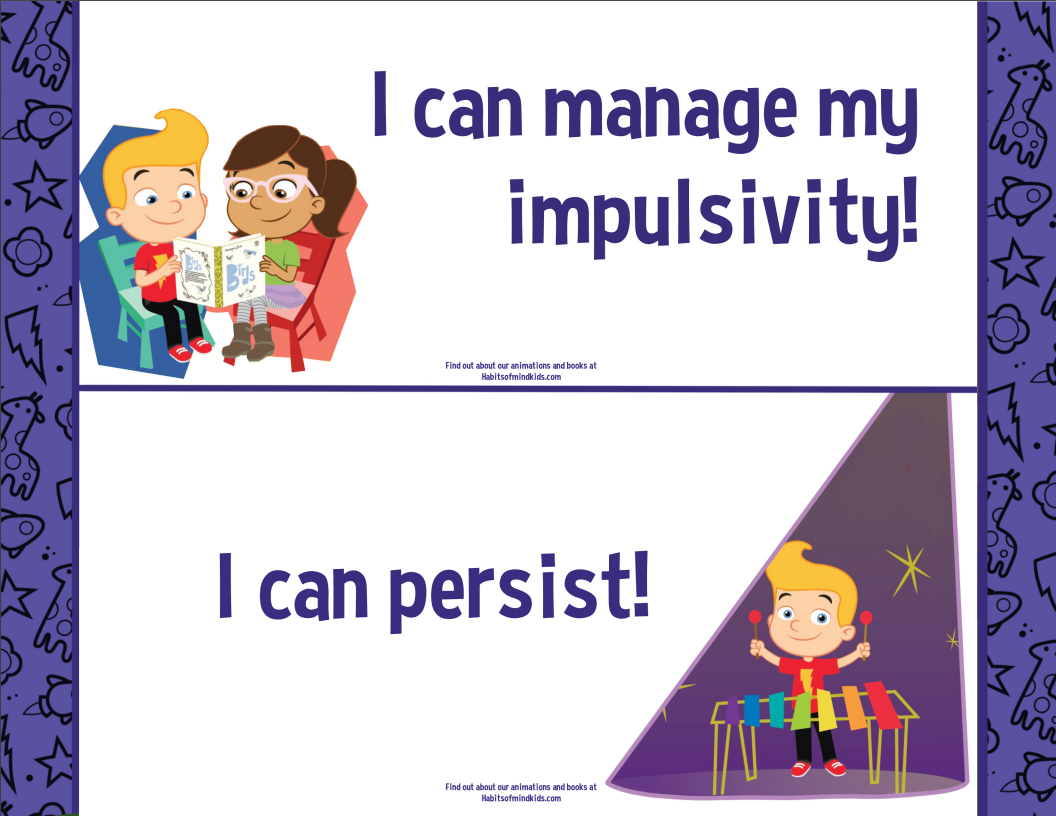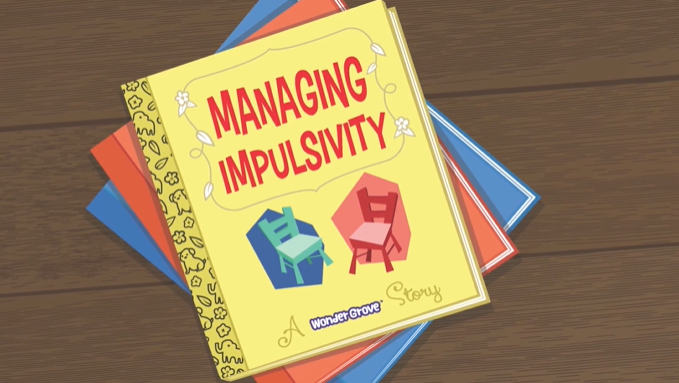Which Habits Of Mind Are Easiest To Teach To Kindergartners?
Kindergarten-aged students are (in my completely biased opinion!) truly the most convivial age group to teach! Frequently, they are excited to be in school–doing what the “big” kids do. They are not afraid to ask questions and they play with the ideas that grow from the rich environment of the classroom. They are good thinkers which is exactly the reason why kindergarten is such a great time to introduce the Habits of Mind so they become familiar with the language and expectations of the framework. But which Habits are the easiest to introduce to the young learners?
Persisting - How often do your students get halfway through a game at recess and walk away, or heave giant sighs when they’re not in the mood to finish a tracing sheet or quiet reading book? When you notice a student doing these things, you might suggest a strategy such as breaking the task apart and trying to just do one more chunk of it. One of my favorite ways to do this are with Brag Tags, and we have our own printable statements that can be adapted to be used as Brag Tags.
Managing Impulsivity - When you are having a hard time persisting, it is often because you cannot manage your impulsivity. You just want to get the task done so you rush into it without thinking. You may already have classroom expectations set in place that allude to managing impulsivity such as “raise your hand” or “listen to others'' so taking this a step further shouldn’t be too complicated for the students. Get students involved in holding themselves accountable with a student-led rewards system where they can add or take away visual tokens based on their displays of (or control of) impulsivity.


